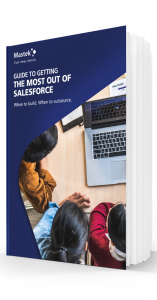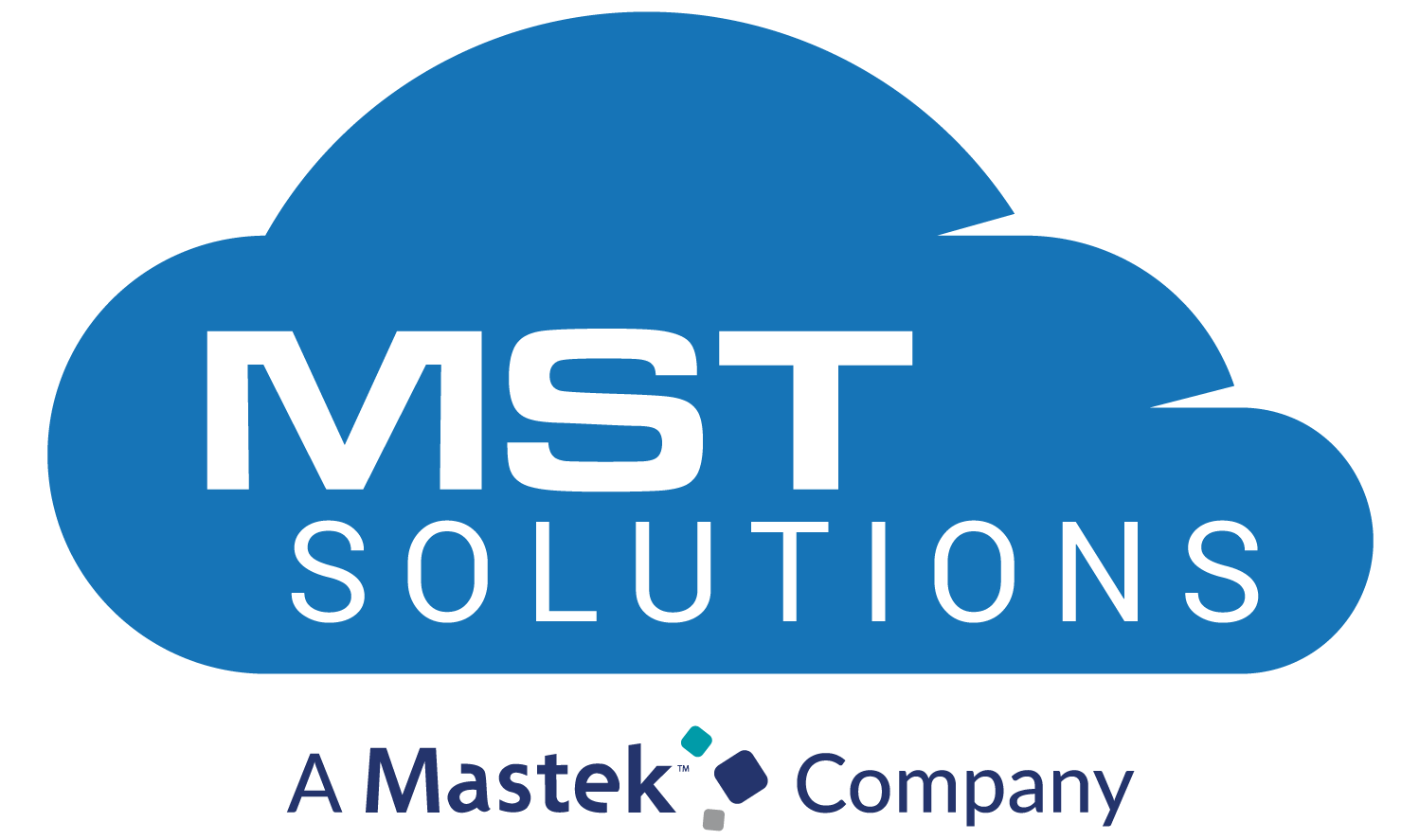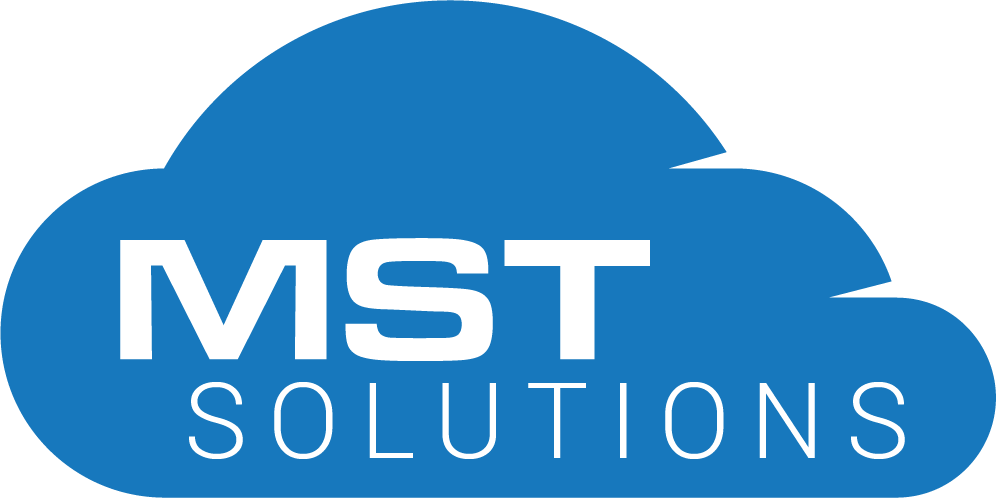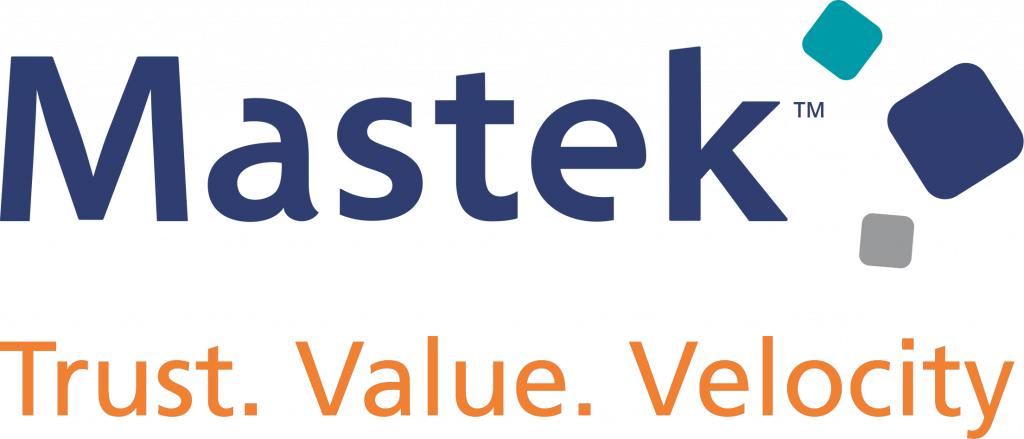Software, particularly one as robust and complex as Salesforce, can become a drain on an organization’s resources if not properly maintained. Aside from staying on top of major updates (which the Salesforce platform has three every year: winter, spring, and summer), software platforms should be evaluated on a regular basis to ensure they’re scaling with your organization, driving business outcomes, and meeting the demands of your team.
Salesforce cannot simply be implemented and forgotten. It requires a plan and a team to get the most out of it, and to also proactively look ahead to identify potential issues before they become major problems.
There are many ways to get the level of support you need. Some choose to go the managed service provider (MSP) route, while others prefer to build an internal team. If you choose the latter, there are a few factors to consider to determine who you’ll need on the team.
The Salesforce dream team
The following are the primary roles needed to manage and maintain Salesforce in a continually evolving and growing organization. Keep in mind, this roster is a Salesforce dream team. Depending on how complex your Salesforce is, you may only need an administrator or developer.
Salesforce Administrator –– an admin will serve an important role in making sure stakeholders get the most out of the platform. They’ll offer on-site support, problem solving, troubleshooting, organization, and overall project management. They can also serve as an advocate for user adoption and integration, in addition to training users and automating business processes.
Salesforce Developer –– a developer will be responsible for engineering the database. This involves coding Apex and custom applications, as well as making sure the platform’s integrity remains intact and is supporting the organization’s vision.
Technical/Solutions Architect –– an architect will be adept at assessing your organization’s technical needs and developing the solutions. Like developers, they’ll have experience integrating APIs, but must also communicate with the team to gain feedback and address evolving needs.
Business Analyst –– in larger organizations, a business analyst may already be on staff. They should be brought into the fold on Salesforce to analyze the data sources within the platform. The will also direct the metrics your organization should be tracking and make recommendations. Since they are regularly evaluating data, they’ll also become key to identifying potential issues and advising on solutions.
Quality Engineer –– as the name implies, a quality engineer will be responsible for making sure everything is on the up and up. They’ll conduct functional testing, unit testing, manual testing, load testing, and security testing, among other assessments. They’ll be an instrumental part of the code review and release process as well.
This is a high-level overview of a Salesforce dream team. For more information on what specific skills to look for in each role, as well as salary requirements, download the free “Guide to Getting the Most Out of Salesforce.”
If your organization is using an “out-of-the-box” or a straightforward instance of Salesforce, hiring an internal team typically isn’t necessary. However, if it’s highly customized or has a number of complex integrations, having a team on hand who understands the intricacies of your business and the platform will be mission critical to not only unlocking Salesforce’s full potential, but also avoiding potential issues.
To assess your need, consider the following questions:
- How complex is your Salesforce?
- What is your road-map? How often will you have changes and how quickly do you need them made? (This will help you determine if you even have enough work for a full-time hire.)
- What is your budget?
- What is your current capacity for hiring and onboarding this team?
The “Guide to Getting the Most Out of Salesforce ” provides an in-depth look at the skills candidates should have, and how to test and evaluate the future members of your dream team.









